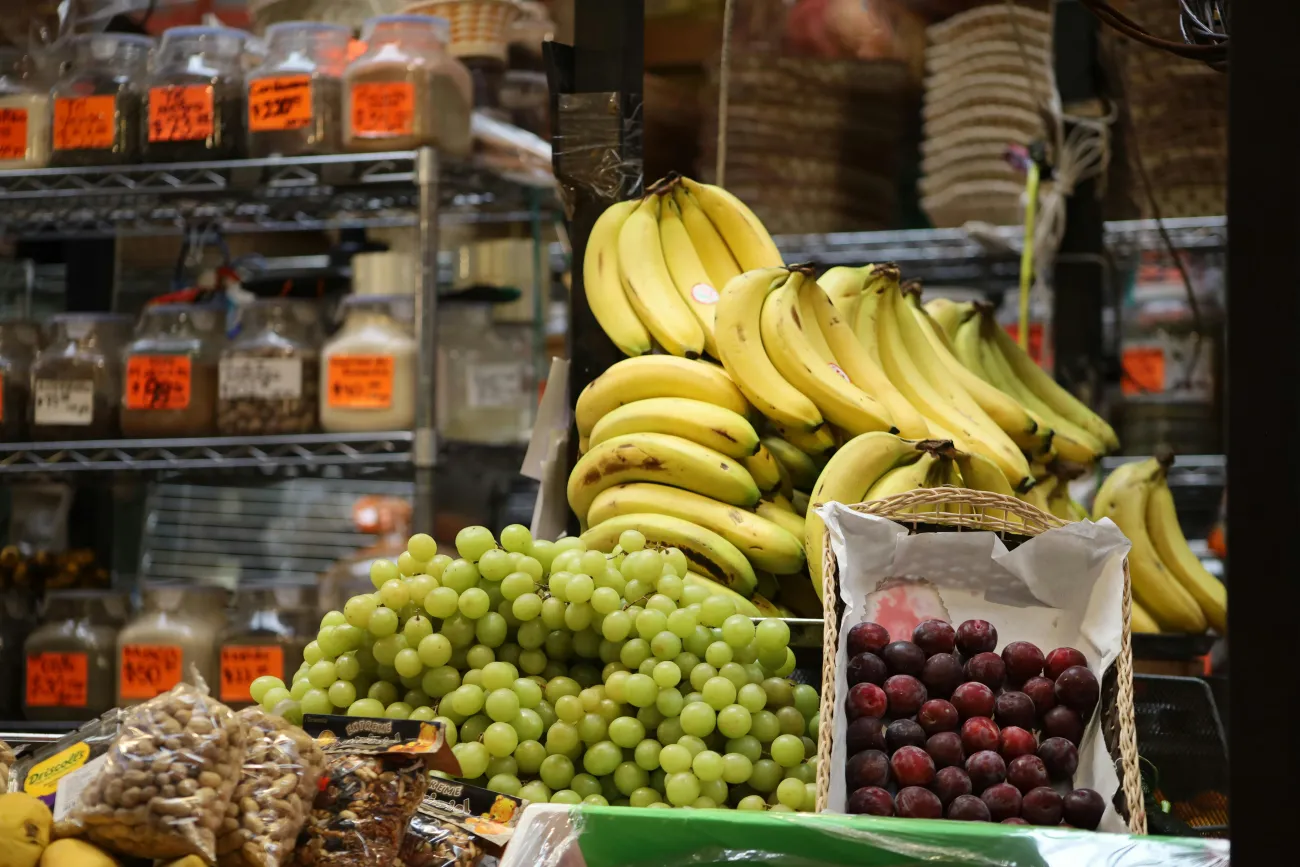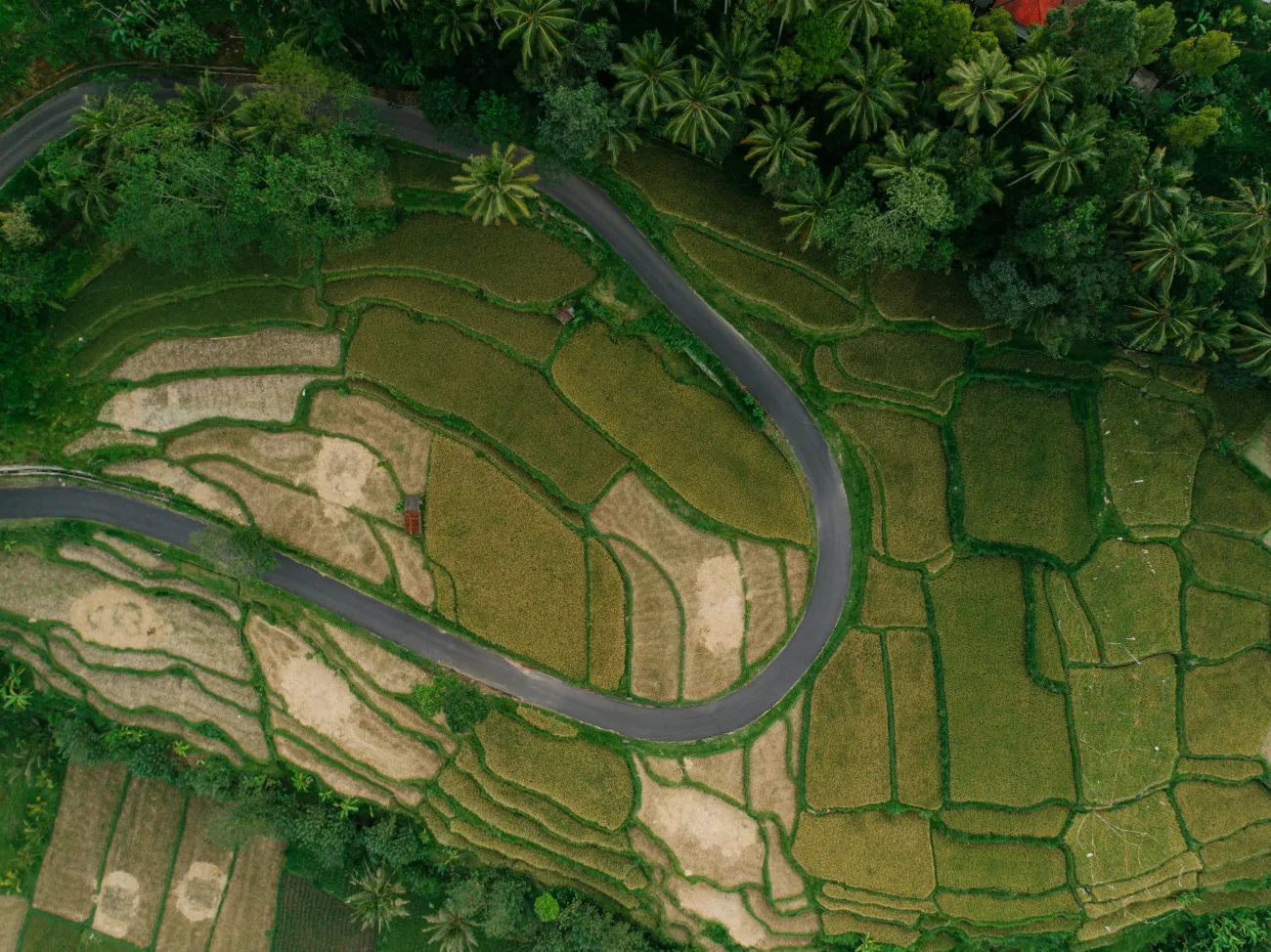
Approximately one-third of all food produced for human consumption in the world is lost or wasted. This FAO report argues that this waste represents a missed opportunity to improve global food security, and to mitigate the environmental impacts resulting from the food supply chain.
The report provides a global account of the environmental footprint of food waste (i.e. both food losses and waste) along the food supply chain, focusing on climate, water, land and biodiversity impacts. A Food Wastage Footprint (FWF) model was developed to answer two key questions: what is the magnitude of food wastage impacts on the environment; and what are the main sources of these impacts, in terms of regions, commodities, and phases of the food supply chain involved.
This report concludes that:
- Without accounting for GHG emissions from land use change, the carbon footprint of food produced and not eaten is estimated to be 3.3 Gtonnes of CO2 equivalent: as such, food waste ranks as the third top emitter after USA and China. (The report notes that, for comparison China’s entire national GHG emissions amount to just over 7 Gtonnes and the USA just below 7 Gtonnes -see see Figure 7 on page 17 of summary report).
- Globally, the blue water footprint (i.e. the consumption of surface and ground water resources) of food waste is about 250km3, which is equivalent to the annual water discharge of the Volga river, or three times the volume of Lake Geneva.
- Produced but uneaten food occupies almost1.4 billion hectares of land; this ‘unnecessary’ or ‘wasted’ use of land represents close to 30% of the world’s agricultural land area.
- The direct economic cost of agricultural food waste (excluding fish and seafood), based on producer prices, is about USD 750 billion, equivalent to the GDP of Switzerland.
You can read the summary report by clicking this link. The technical report can be found here. For an article by FAO highlighting the report, see here. A tool-kit with recommendations on how to reduce food loss and waste at every stage of the food chain has also been produced by FAO, you can access it here.
If you want to read more about food waste and resource use, visit the FCRN Research Library page on this topic here.




Comments (0)